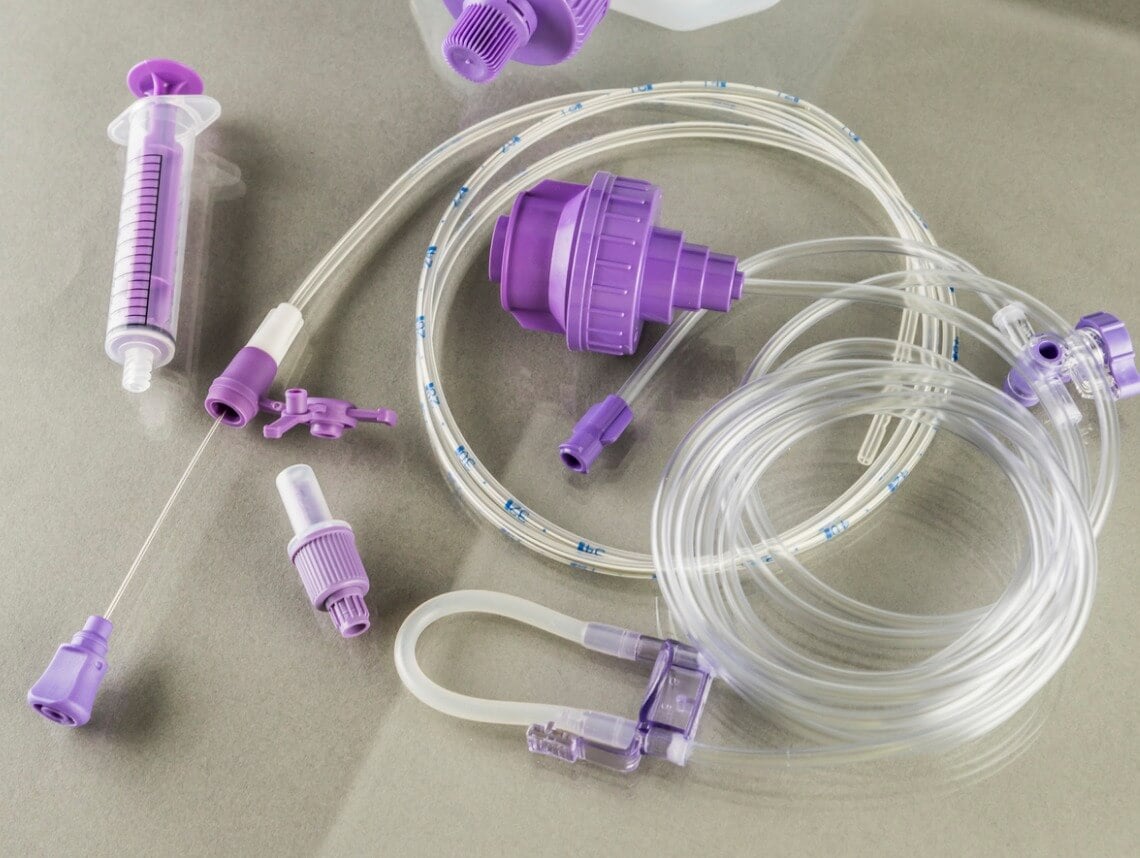
There are few things worse in life than having a doctor confirm that a loved one has a serious medical condition. The feeling of helplessness is overwhelming. The anger of seeing someone you love so much go through hardship is crushing. And, the fear of losing that person is crippling.
It’s also frustrating when doctors keep mentioning all these medical terms that only make sense in the most esoteric of circles. Meanwhile, you just want to scream: “Just tell me what we can do to make this better!”
One of these instances is when we’re told a family member or friend needs a gastrostomy. The word, by itself, sounds scary. You may understand the need for it: to provide proper nutrition for a patient, but what are the details? What does the procedure entail? How will it affect your loved one’s life?
Our hope with this blog is to answer some of your most pressing questions.
Who Needs a G-Tube?
Gastrostomy tubes (also known as a g-tube or a feeding tube) are used for all sorts of patients: Pediatric and adults alike. It’s a tube that’s inserted into the patient through their abdomen.
The necessity of a g-tube is due to a patient’s inability to consume nutrients on their own. This is due to an impairment in mouth or throat muscles that make it difficult to chew or swallow, or that may end up causing food to go down the windpipe. It may also be necessary when a person has an illness that affects their breathing, since inhaling oxygen while eating can become a labored effort.
When a person cannot eat or drink fluids, his or her medical provider will insert a g-tube to ensure continued nutrition and hydration. It can also be used to provide medication.
The most common reasons for needing a feeding tube are often:
- Premature birth
- Failure to thrive
- Gastrointestinal issues
- Congenital heart disease
- Cancer
- Renal problems
- Issues with respiratory tract
- Cerebral palsy
- ALS (amyotrophic lateral sclerosis)
The most prevalent signs that a patient may need a gastrostomy tube are common choking or coughing when attempting to eat or drink, or excessive weight loss because eating has become painful or uncomfortable.
The common reasons for a premature baby needing a feeding tube are the development of the intrauterine sucking-swallowing coordination is interrupted by the premature birth and the premature infant may be too fragile to manage breathing and eating challenges at the same time.
What happens before a gastrostomy placement procedure?
Before a g-tube procedure, doctors will run several tests and take X-rays of the patient’s gastrointestinal system. If the patient is taking blood thinners or anti-inflammatory medications, he or she will need to discontinue their use before proceeding with a gastrostomy tube placement.
Also, the stomach has to be completely empty before surgery (generally, the patient will have to fast for about 8 hours before the procedure).
The patient will require anesthesia, and sometimes, they can home on the same day, which means that they will need someone to drive them home.
What happens during a gastrostomy placement procedure?
The procedure can be done through an endoscopy instead of through major surgery. This requires inserting a soft tube with a tiny camera attached to it, down the patient’s esophagus. This allows the doctor to see when he or she reaches the patient’s stomach.
Once the tube reaches the stomach, the doctor will make a small incision and attach the tube in place.
If the patient is a baby, the tip of the tube will be lubricated and the tube is taped to the baby’s nose to keep it in place.
What happens after a gastrostomy placement procedure?
The patient’s stomach will feel sore for about a week after the endoscopy. The doctor may prescribe painkillers to help during the healing period. The patient will also likely experience increased mucus and will have to learn how to clean the area where the tube is inserted.
If the patient is a child, he or she will likely remain at the hospital for another day or two, pending medical observation.
The doctor or nurse will instruct the patient or caregiver on how to take/give medications, bathe, dress, and do other physical activities while wearing the g-tube.
The patient will have regular doctor appointments to monitor nutritional intake and weight gain.
Complications From Having a G-Tube
While soreness after a gastrostomy is normal, acute pain, fevers, diarrhea, or bleeding are not. If a patient is experiencing any of these symptoms, seek medical attention immediately.
Contact Us for Assistance
If you are considering home health care services, contact the caring staff at Care Options for Kids. Call today (888) 592-5855.
